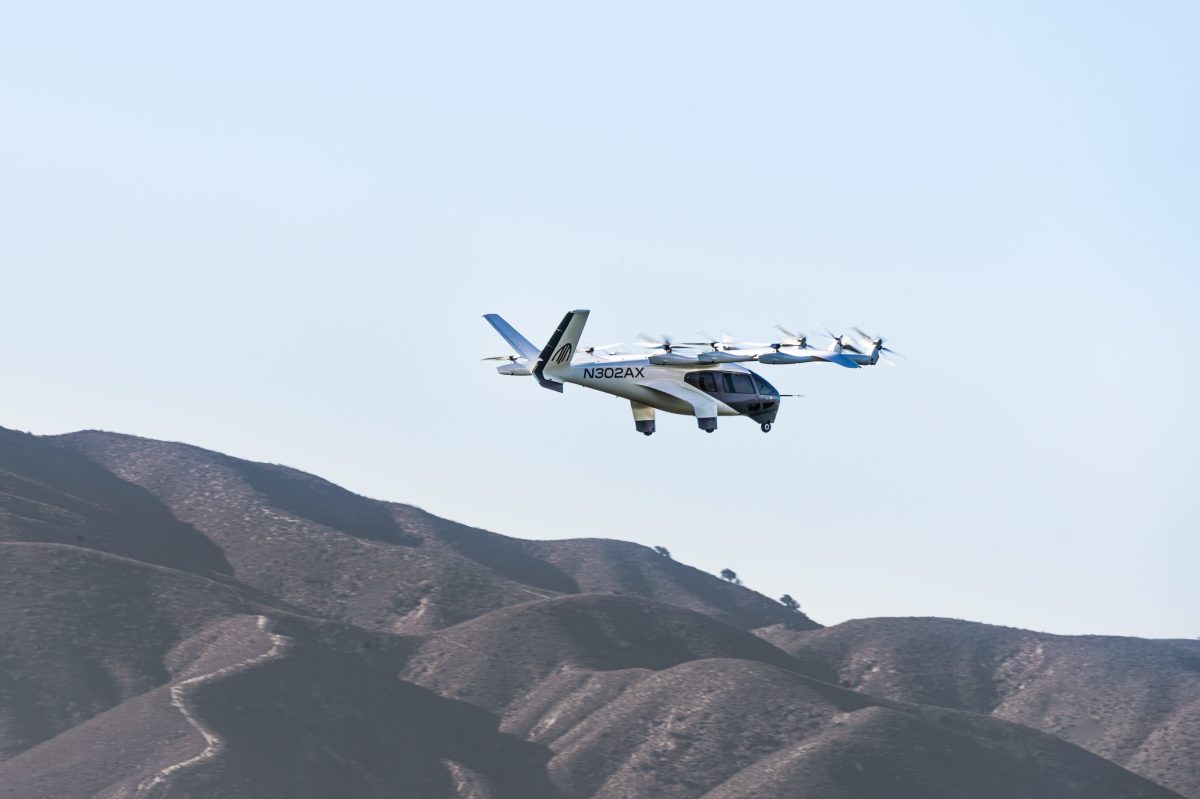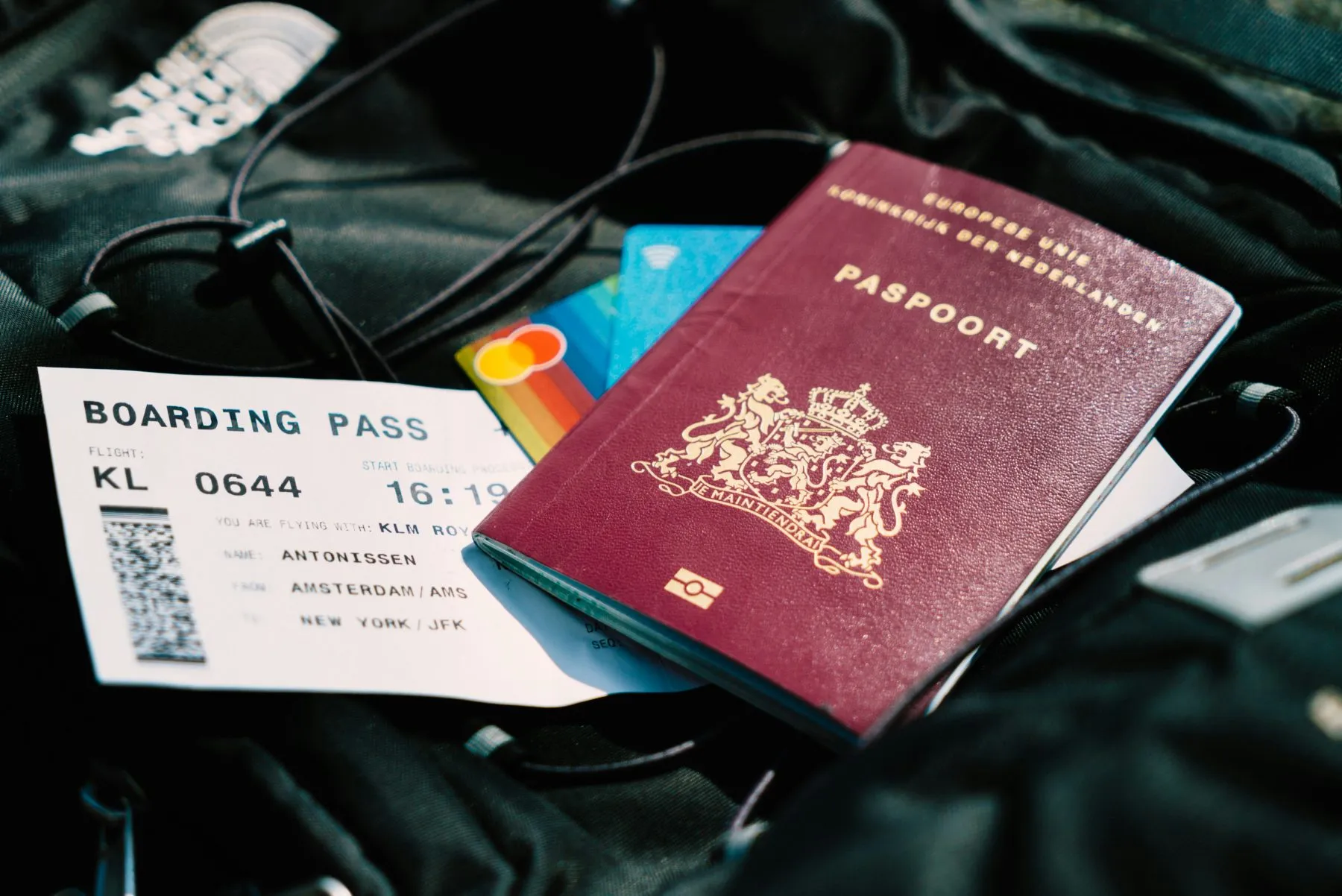A bird strike may have caused the deadly plane crash in Nepal Friday morning
Skift Take
Bird strikes have been one of the biggest threats to passenger safety since the earliest days of aviation, with the first case reported by Orville Wright in 1905.
More than a century on, bird strikes remain a significant threat to aircraft, and have been cited as a key factor in dozens of fatal plane crashes.
Recent bird strikes include the US Airways’ flight from La Guardia to Douglas International which was forced to crash land in the Hudson River in 2009. A year later, a Thomas Cook survived a “significant” bird strike while trying to land at Manchester Airport.
Millions of pounds are spent each year to counter the threat, but according to Dr Rob Hunter, former pilot and head of flight safety at the British Airline Pilots Association, it remains a regular occurrence.
“Bird strikes are very common – there will be at least one major incident in the UK every year,” he said. “It is something that pilots will fear when flying at low altitudes, or in areas where there are migrating birds, such as Alaska.
"In some cases air traffic control will offer advisories and radar-based warnings about where flocks are heading, including estimates on their size."
A single bird is less likely to cause major damage to an aircraft, and it is large flocks that cause the biggest concern, Mr Hunter said.
“The impact may only cause minor damage, or the bird won’t hit a critical part of the aircraft. The problem is when a plane strikes a very large bird, or if they are flocking, and there are multiple strikes.
“The bits of an aeroplane you don’t want to hit are the core of the engine or a turbo prop,” he added. “They can also crack, or even go through the windscreen, but this is less likely on a commercial aircraft.
A spokeswoman for the Institute of Mechanical Engineers adds that: “Severe accidents occur when a bird damages a fan blade in the engine that causes adjacent blades to displace, creating a domino effect where all the blades end up being damaged.
The regularity of bird strikes make it a major factor when it comes to aircraft design. Engines are tested to ensure they can tolerate bird strikes, while windscreens are strengthened to withstand the impact, according to Mr Hunter.
Computer simulations are also used to study the effects and help mitigate against the impact of bird strike.
The likelihood of bird strike is even considered when choosing the location for a new airport. The British Air Transport Association recently expressed concerns about the proposed site for a Thames Estuary airport, because of the area’s bird-rich salt-marshes and tidal mud-flats.
As incidents will almost always occur during takeoff or landing, one of the simplest ways to reduce the risk is to remove trees and vegetation from the surrounding area.
Other preventative methods include audio and visual devices to scare away birds, or even radio-controlled aeroplanes, dogs and firearms. New York’s JFK Airport has even used trained falcons. Pilots are also restricted to speeds of around 300 knots when flying at low altitudes.
![]()




